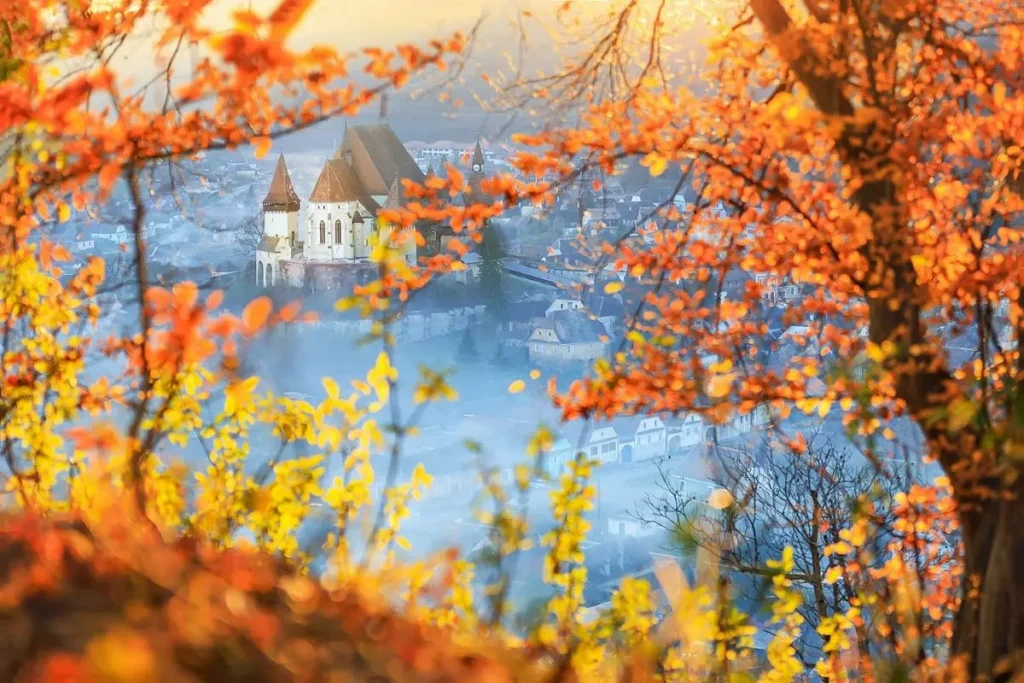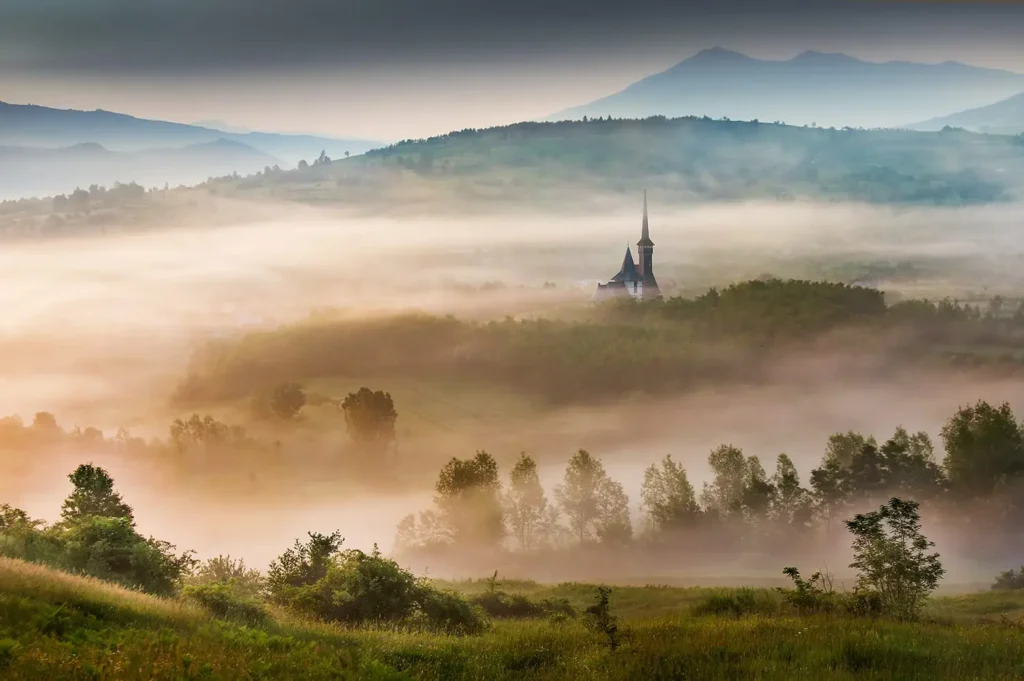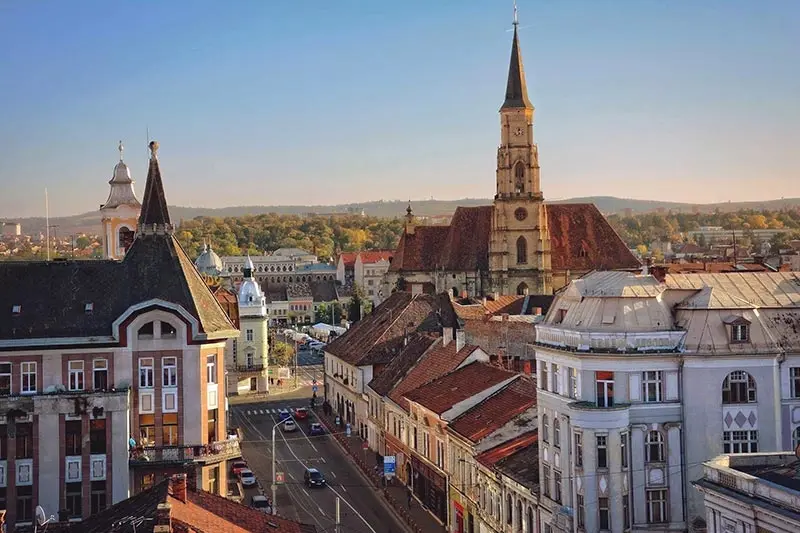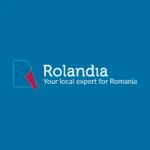Chapters
In Romania, December 1st is more than the official beginning of winter. On this day, in 1918, Romania commemorates the unification of Transylvania, Bessarabia, and Bukovina, with the Old Romanian Kingdom (composed of Wallachia and Moldavia). But despite the fact that almost 100 years had passed since the Great Union, Romania National Day wasn’t always celebrated on December 1st.
Prior to 1948, the holiday was celebrated on May 10th, which represented the day on which the Declaration of Independence from the Ottoman Empire was ratified in 1877 and the day Carol I first set foot in Romania in 1866. During Nicolae Ceausescu’s Communist regime, the national holiday was celebrated on August 23rd, marking the day when the pro-fascist government of Marshal Ion Antonescu was overthrown.
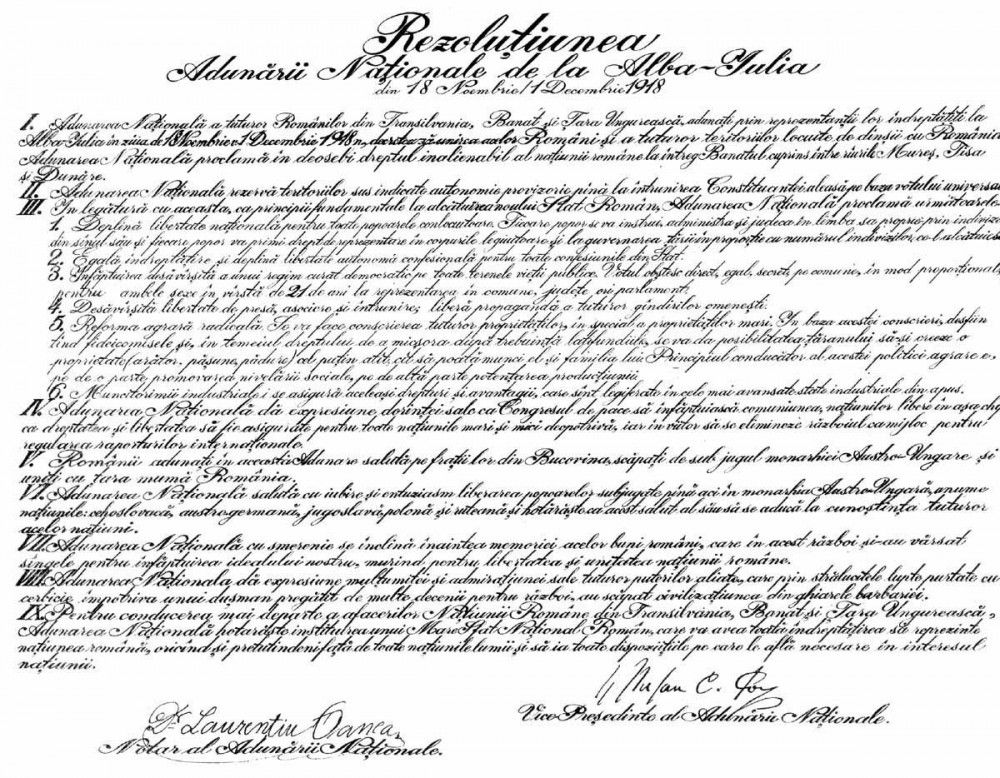
The Alba Iulia Resolution. Photo source: Wikipedia
On December 1st, 1918, the National Assembly of Romanians of Transylvania and Hungary met in Alba Iulia in order to decree the unification of the territories inhabited by Romanians. The law was then signed by King Ferdinand on December 11th, which decreed:
“The lands named in the resolution of the Alba-Iulia National Assembly of the 18th of November 1918 are and remain forever united with the Kingdom of Romania.”
The celebration of Romania’s Great Union Day
Despite the fact that the official Union took place in 1918, December 1st was declared an official day after the Romanian Revolution of 1989, which put an end to the Ceausescu Regime. The first celebration took place in Alba Iulia.
Each year, on December 1st, the Romanian flag is flown over Romanian homes and institutions. The three colours of the flag symbolize the 3 Romanian provinces that unified – Transylvania (blue), Wallachia (yellow) and Moldavia (red). Also, on this day, numerous military parades are organized and public speeches are held by national leaders in cities such as Bucharest and Alba Iulia. Throughout the country, numerous concerts are organized in order to celebrate the day. The most important moment of the day is the performance of the national anthem, „Deșteaptă-te, române!” (”Awaken thee, Romanian!”), symbolizing the patriotism, courage, and unification among Romanians.

